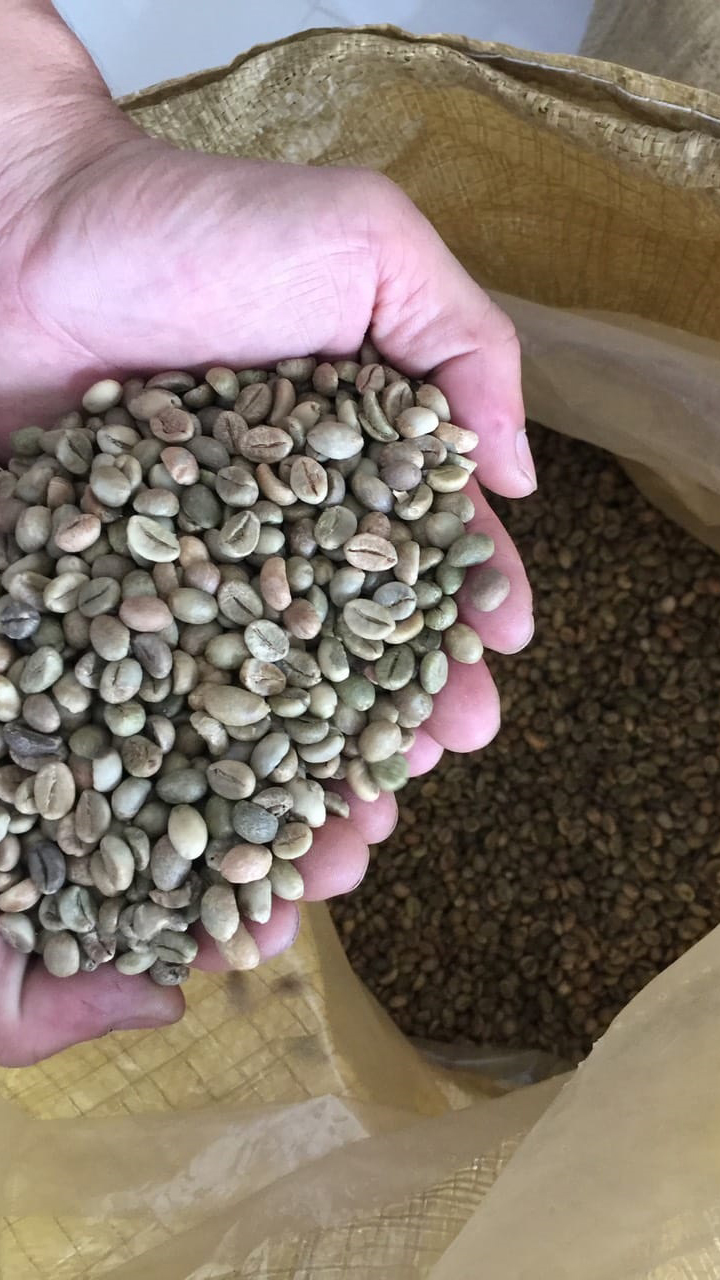𝐇𝐢𝐠𝐡 𝐫𝐨𝐛𝐮𝐬𝐭𝐚 𝐜𝐨𝐟𝐟𝐞𝐞 𝐩𝐫𝐢𝐜𝐞𝐬 𝐛𝐨𝐨𝐬𝐭 𝐝𝐞𝐦𝐚𝐧𝐝 𝐟𝐨𝐫 𝐚𝐫𝐚𝐛𝐢𝐜𝐚 𝐛𝐞𝐚𝐧𝐬
The sharp price increase for robusta coffee, due mainly to poor crops in Asia, is leading roasters to change their blends towards using more lower quality arabicas to cut costs, according to a report by broker hEDGEpoint Global Markets.
Prices for robusta increased 67% last year as a stagnant production in the top grower of that variety, Vietnam, and lower output in Indonesia means supply is not coping with demand. Robusta coffee is widely used to make instant coffee and in blends with lower quality arabicas. Fine arabicas are preferred by high-end coffee shops and single serve capsule producers.
hEDGEpoint forecasts that there will be a deficit of 3.12 million bags of robusta coffee in the market in the 2023/24 season (Oct-Sept), saying the combined production from Vietnam and Indonesia will fall by between 3 and 4 million bags.
As arabica prices rose less, the arbitrage (price difference) KC-LRC1=R between the futures of the two types of coffee fell to levels that boost demand for some types of arabicas, Carlos Costa, hEDGEpoint’s global head of sales, said in the report.
“Apparently, with arbitrage at levels of around 40 cents per pound, we have seen demand migrate to arabicas,” said Costa, adding that if the robusta supply situation worsens, the market could see the arbitrage fall close to a low of 28 cents per pound seen in June 2017.
According to Cepea/Esalq, a research center at the University of Sao Paulo, prices for lower quality arabica in Brazil (Rio type) are currently around $166 per 60-kg bag, while robusta futures in London are trading at around $186 a bag.
The analyst believes the robusta market will remain supported, since there is no expectation for an increase on Vietnam’s production beyond 31 million bags, and Brazil’s robusta (conilon) production, which has become an alternative to Vietnam’s beans, is growing only slightly every year.
(Reuters)






